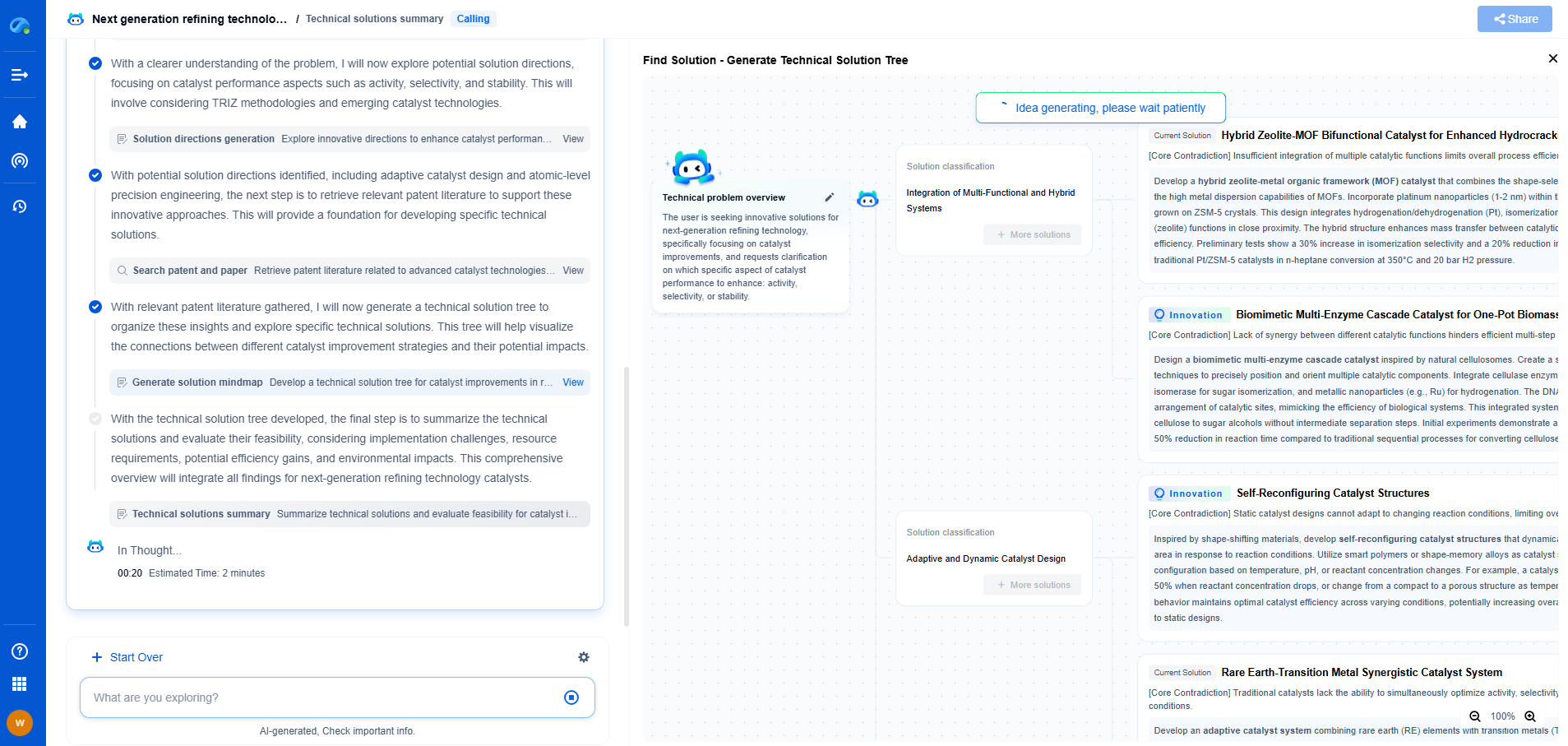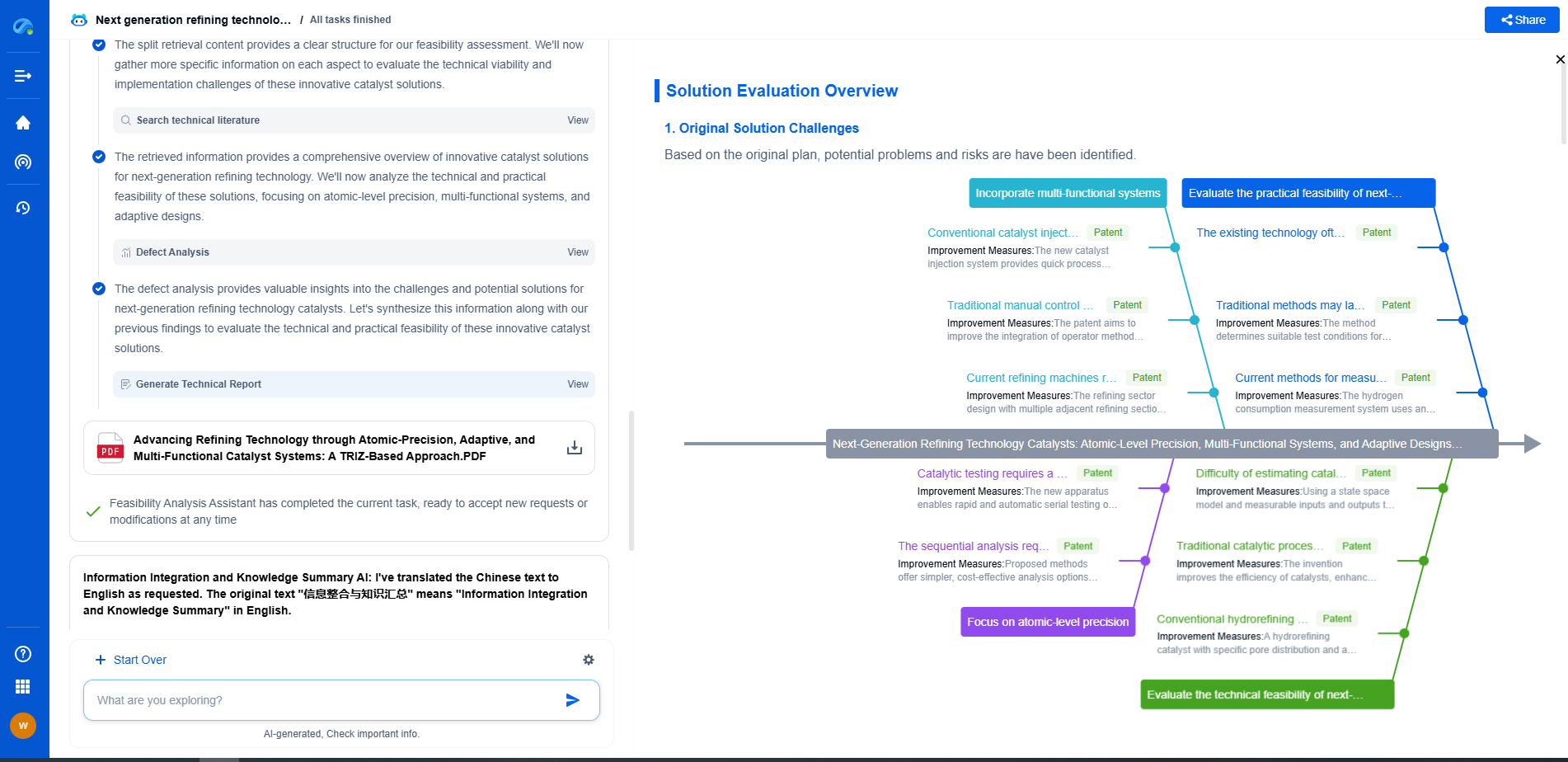Laser marking vs inkjet printing: Which is better for industrial labeling?
JUN 26, 2025 |
In the realm of industrial labeling, the choice between laser marking and inkjet printing is crucial for businesses aiming to achieve efficiency, durability, and cost-effectiveness. Both methods have their unique advantages and limitations, making the decision highly contingent on specific industrial needs. This article delves into the key factors to consider when choosing between laser marking and inkjet printing for industrial labeling.
Understanding Laser Marking
Laser marking is a process that uses high-intensity beams of light to engrave or mark an object. Rather than using any form of physical ink, the laser alters the surface of the material by either etching, engraving, or discoloring the material to create a permanent mark. This technology is known for its precision and durability.
Advantages of Laser Marking
1. **Durability and Longevity**: Laser marks are known for their permanence. They resist wear and tear, making them ideal for environments where labels are exposed to harsh conditions.
2. **Precision and Clarity**: Lasers can produce high-definition marks that are clean and precise, suitable for creating detailed designs, barcodes, and QR codes.
3. **Material Versatility**: Lasers can mark a wide variety of materials including metals, plastics, ceramics, and glass. This versatility is beneficial for industries that work with diverse materials.
4. **Environmental Considerations**: Since laser marking doesn’t rely on consumables like ink or solvents, it is generally more environmentally friendly and involves less waste.
Limitations of Laser Marking
1. **Initial Cost**: The upfront investment for laser marking equipment can be higher than inkjet printers, which may be a barrier for small businesses.
2. **Speed**: For large-scale operations requiring rapid production, laser marking might be slower compared to inkjet printing depending on the complexity and size of the marks.
Exploring Inkjet Printing
Inkjet printing is a technology that uses liquid ink. The printer sprays minute droplets of ink onto the surface to create the desired image or text. It’s widely used due to its speed and cost-effectiveness for short runs.
Advantages of Inkjet Printing
1. **Cost-Effective for Large Volumes**: Inkjet printing can be economically advantageous for producing large volumes of labels quickly, making it ideal for high-throughput scenarios.
2. **Flexibility and Ease of Use**: Inkjet printers can easily switch between different label designs and sizes without significant downtime or reconfiguration.
3. **Speed**: Inkjet printers are generally faster than laser marking systems when it comes to producing large numbers of labels, particularly for simpler designs.
Limitations of Inkjet Printing
1. **Durability Issues**: Inkjet labels may fade or smear over time, especially when exposed to harsh chemicals, UV light, or mechanical abrasion.
2. **Maintenance**: Inkjet systems require more frequent maintenance, such as replacing ink cartridges and cleaning heads, which can incur additional costs and downtime.
3. **Environmental Impact**: The use of inks and solvents can have a negative environmental impact, both in terms of waste and chemical emissions.
Making the Right Choice
The decision between laser marking and inkjet printing should be guided by specific industrial requirements. If durability, precision, and environmental considerations are paramount, laser marking emerges as the superior choice. However, if cost, speed, and flexibility are the primary concerns, particularly for high-volume production, inkjet printing might be more suitable.
Conclusion
In conclusion, neither laser marking nor inkjet printing is universally superior for all industrial labeling needs. Understanding the unique demands of your industry, the materials you work with, and your long-term labeling goals will guide you to the optimal choice. Each technology offers distinct benefits that can significantly enhance labeling processes when applied appropriately.
Empower Electromagnetic Innovation with Patsnap Eureka
From high-frequency antenna arrays and electromagnetic shielding to plasma propulsion and wave-based energy transfer, the electromagnetic domain sits at the core of next-generation technologies. Yet navigating its vast landscape of patents, research papers, and evolving technical standards can be time-consuming and complex.
Patsnap Eureka, our intelligent AI assistant built for R&D professionals in high-tech sectors, empowers you with real-time expert-level analysis, technology roadmap exploration, and strategic mapping of core patents—all within a seamless, user-friendly interface.
👉 Experience Patsnap Eureka today and transform how your team navigates the complexity of electromagnetic innovation.
- R&D
- Intellectual Property
- Life Sciences
- Materials
- Tech Scout
- Unparalleled Data Quality
- Higher Quality Content
- 60% Fewer Hallucinations
Browse by: Latest US Patents, China's latest patents, Technical Efficacy Thesaurus, Application Domain, Technology Topic, Popular Technical Reports.
© 2025 PatSnap. All rights reserved.Legal|Privacy policy|Modern Slavery Act Transparency Statement|Sitemap|About US| Contact US: help@patsnap.com

